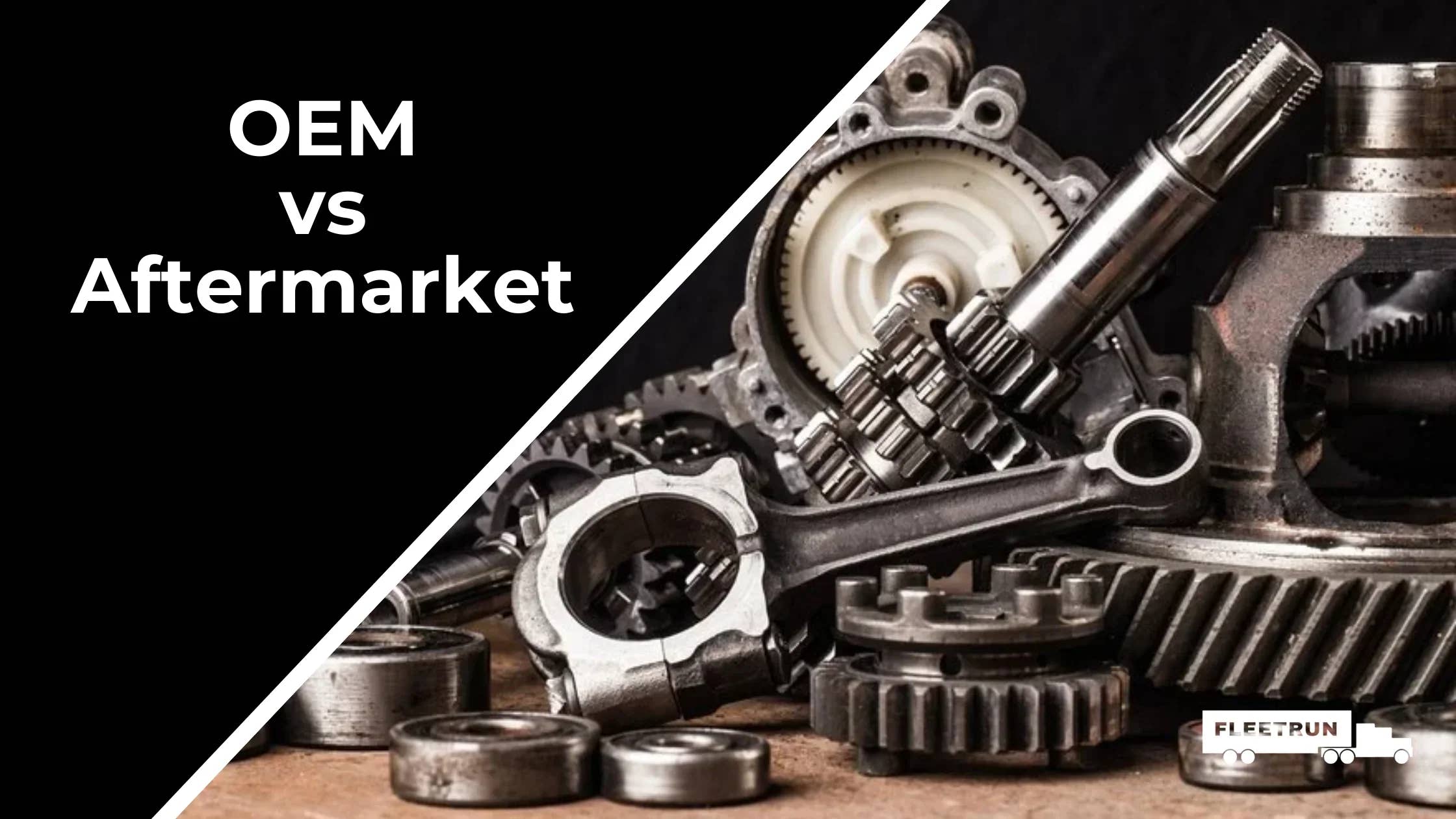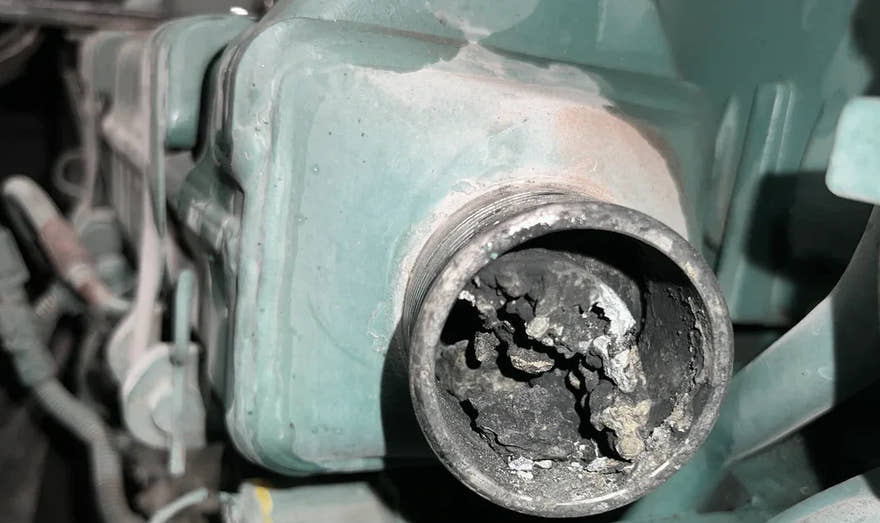OEM vs Aftermarket: What is the best bang for your buck?
No other question keeps truckers thinking as much as this one. Brake pads wear out and suddenly you're back to thinking about it. Has this happened to you before? You're not alone. Truckers all around the world are facing this difficult decision. Choosing OEM parts for comfort is appealing, but...
7 Symptoms of a Failing EGR Cooler on your Detroit DD15 Engine
1. Coolant loss and internal coolant leak One of the most common symptoms of a failing EGR cooler is coolant loss. This can be caused by a leak in the EGR cooler itself or in the hoses that connect it to the engine. In many cases, the coolant loss is internal, which means that you may not see any visible signs of coolant leakage. An internal coolant leak can be caused by a crack in the EGR cooler itself. If there is a crack in the EGR cooler, it can also cause exhaust gases to mix with the coolant, causing the coolant reservoir tank to pressurize. This can lead to the coolant spilling out of the overflow. 2. Overheating If the EGR cooler is not functioning properly, it can cause the engine to run hot. This can lead to overheating and potential engine damage. 3. Decreased fuel economy A faulty EGR cooler can cause the engine to run less efficiently, resulting in decreased fuel economy. 4. Increased exhaust smoke A failing EGR cooler can cause an increase in exhaust smoke, particularly white or blue smoke. Check engine light The engine's computer may detect a problem with the EGR cooler and trigger the check engine light. Diagnostic trouble codes (DTCs) related to the EGR system, such as EGR low flow, EGR efficiency, and EGR differential pressure, may be stored in the engine's computer. 5. Decreased performance If the EGR cooler is not functioning properly, it can lead to decreased engine performance and power. 6. 5mph derate If the EGR cooler becomes plugged with coolant or soot (from age or possibly premature failure), the EGR flow may become so low that the truck cannot complete a regeneration. This can raise the soot level and cause the truck to go into a 5mph derate. It is important to address a failing EGR cooler as soon as possible to avoid this issue.
Volvo VNL / Cummins ISX In Derate But No Fault Codes
Steps to Troubleshoot and Repair Derate Mode Issues: Check for fault codes: Using a diagnostic scan tool, check for any fault codes that may be causing the derate mode. These codes can help to identify the specific issue with the engine. Perform a visual inspection: Look for any visible problems that may be causing the derate mode, such as damaged wiring or components. Check the intake air system: Make sure that the intake air system does not have any leaks and is not blocked or restricted. A leak or restriction in the intake air system can cause the engine to go into derate mode. Check the exhaust system: Make sure that the exhaust system is not blocked, restricted or having any leaks on gaskets or clamps etc.. A restriction or leak in the exhaust system can cause the engine to go into derate mode. Check the fuel system: Make sure that the fuel system is functioning properly and that there are no issues with the fuel filters or fuel lines. Check the EGR system: Make sure that the EGR (exhaust gas recirculation) system is functioning properly. Issues with the EGR system can cause the engine to go into derate mode. Check the turbocharger: Make sure that the turbocharger is functioning properly and that there are no issues with the VGT (variable geometry turbo) or actuator. Check the NOx sensors: Make sure that the NOx (nitrogen oxide) sensors are functioning properly and that there are no issues with the wiring or connections. Perform a parked regen: If all other checks have been completed and the issue with the derate mode persists, perform a parked regeneration (regen) and monitor the parameters to see if any of them do not meet the standards. This should help bring the root cause of the derate to the surface (the fault code should appear). Or the ECM / ACM may recognize that there are no current issues and it may remove the derate. Perform an SCR efficiency test: If the regen passes and no fault codes are present, perform an SCR (selective catalytic reduction) efficiency test and again monitor the parameters.This should help bring the root cause of the derate to the surface (the fault code should appear). Or the ECM / ACM may recognize that there are no current issues and it may remove the derate.


